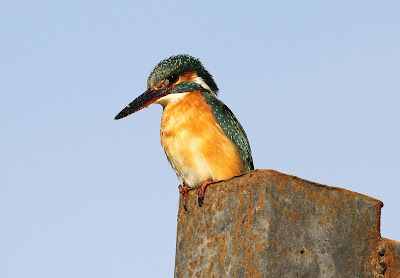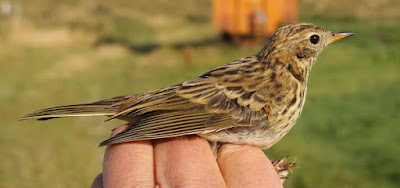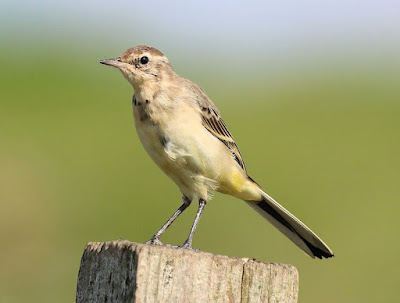I suddenly realised I had not blogged for ten days or more and mentioned to Floridian friends that I currently lacked inspiration for the task. It’s OK for them living in a 365 day sunshine state where a single nature reserve like Withlacoochee River State Forest consists of nearly 60,000 acres to explore! If there is anywhere here in the UK with a spare 60,000 acres, brown paper envelopes change hands and the said acres disappear under concrete in the blink of an eye.
Gini who is wise in all things, advised me to “just slap the keyboard until a few words pop onto the screen, call it a “blog post” and her and Wally would supply the enthusiasm.” Here we go then Gini.
The week began with good numbers of Swallows on the move. On Tuesday, an overcast mizzly morning, we drove to Garstang for food shopping and bacon butty day when it became quickly apparent that Swallows had hit their pathways south. They whizzed back and forth, left to right, feeding like mad but with a certain southerly slant. Four hours later and on the same road back there was hardly a Swallow and by this Saturday morning’s patch visit, none. Autumn had begun in earnest.
Most, about 90-95% of those migrating Swallows off to South Africa would be birds of the year, born this summer and now heading off into the unknown with just their DNA and the company of others to guide them. Magical.
There was no ringing this week. Sidekick Andy was indisposed and mostly windy days meant that camera days came into play.
The Common Kingfisher is an autumn and winter visitor to this part of coastal Fylde where sheltered ditches and dykes sustain a surprising number of easily missed birds. A flash of disappearing pale blue is often the view that many people experience.
I snapped one midweek on a habitual gate post that is located alongside said dykes.
I photographed a Little Egret in a couple of unlikely poses. Maybe it was drying out in the sunshine rather like a Cormorant or simply watching the water and reeds below and hoping for a meal?
A young Yellow Wagtail quite liked the farmer’s midden, one of a number of wagtails on the move this week.
More than a couple of Marsh Harriers came my way. A once scarce migrant the harrier is now well established in parts North, South, East and West of here and from where its spring and autumn migrations mean it is now regularly spotted. I hear that this year a pair bred in the uplands of the Bowland Hills, an area more famous (or infamous) for the trials and tribulations of the persecuted Hen Harrier.
The young Marsh Harrier seen here was hunting fields close to 13th Century Cockersands Abbey.
It’s a good spot to see a Marsh Harrier or watch Wheatears using the ancient rocks as look out posts or listen to the wild cry of Curlews, much like the monks of old in around 1200AD.
Saturday morning saw large numbers of Buzzards kettling as they dispersed south, a not unknown phenomena in the Fylde but made noticeable in recent years by the downturn in our local and somewhat persecuted population of Buzzards.
The Buzzard is not a species ringed in any great numbers and one that in a dead or dying condition is probably unlikely to be reported, more so if the finder is a person with a mind to harm the species.; therefore we know little about these individuals but it seems likely they originate from less populated parts of Northern England & Scotland and disperse south & west for the approaching winter.
Although Buzzards are known to eat mammals, birds, carrion, even earthworms and large insects when other prey is in short supply, their propensity for taking leverets and game birds released for shooting makes the species unpopular with some communities.
The week ended badly on Friday as wine o’clock drew close we realised that the Portuguese bottle on the dining table had a cork stopper and our trusty waiter’s friend had gone missing. Panic set in until we found an Italian screw top bottle. We followed on with a quick search on Ebay to find and order a bright yellow replacement friend just in case we require a bottle opener later in the week.
Waiter's Friend
Sue and I are not fans of most screw tops, metal closures invariably found on cheap wines with meaningless, made-up labels that try to hide the fact that it is bulk wine sloshed around in a rusty container for months on end to be eventually bottled at a Warrington post code adjacent to the Manchester Ship Canal. No thanks.
Cork has centuries-old tradition behind it, a little like us.
How did I do Gini?
Back soon if Wally and Gini OK this post.















































































